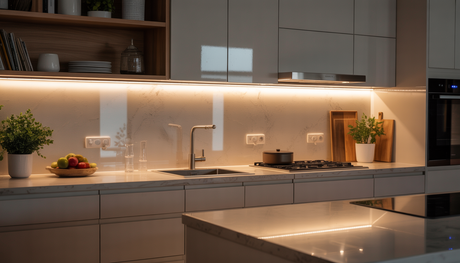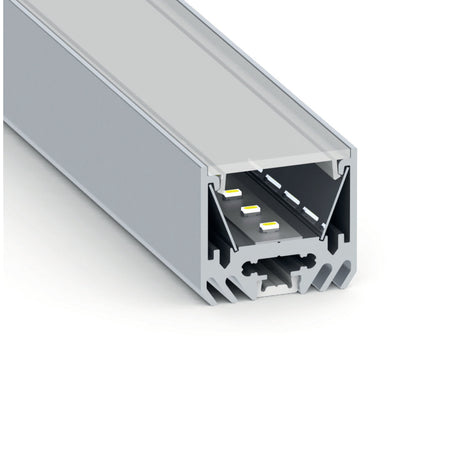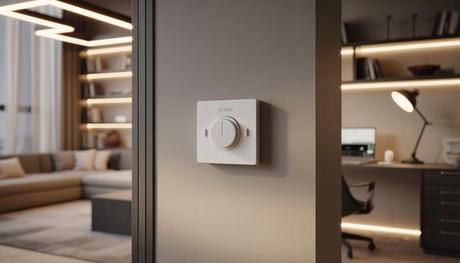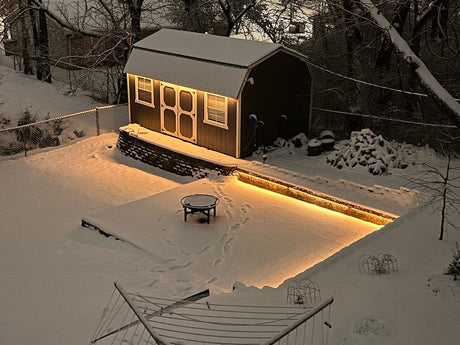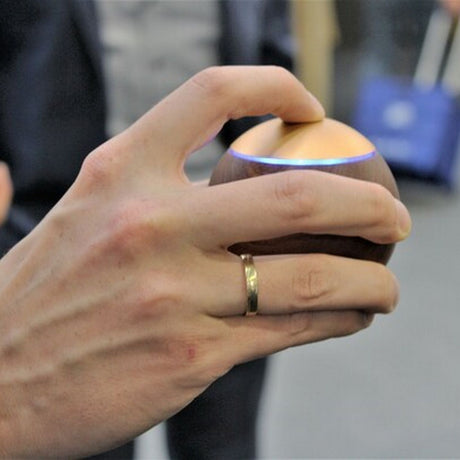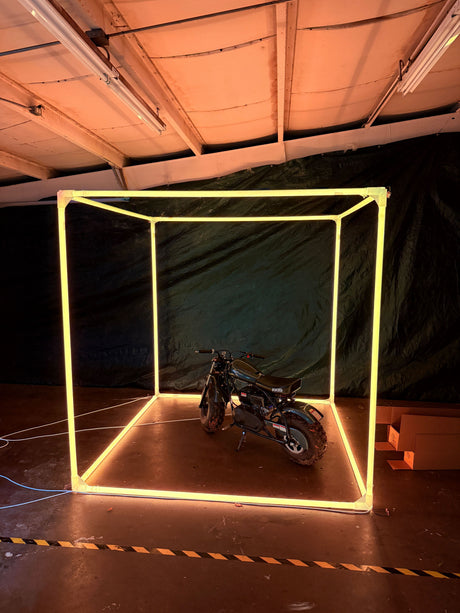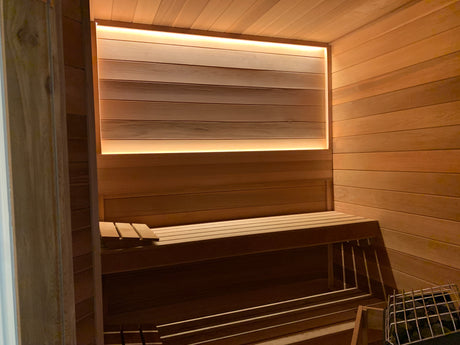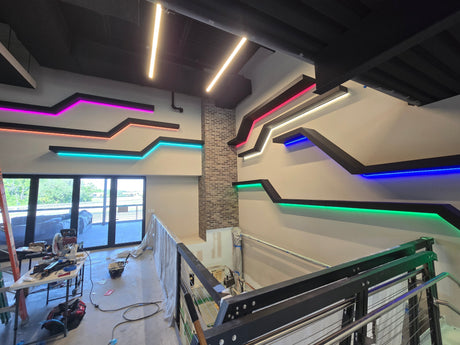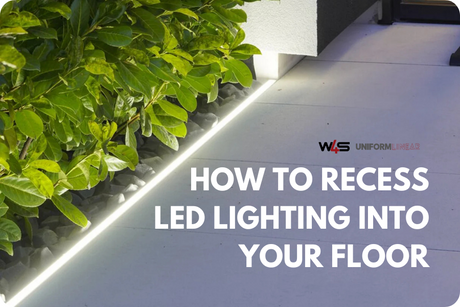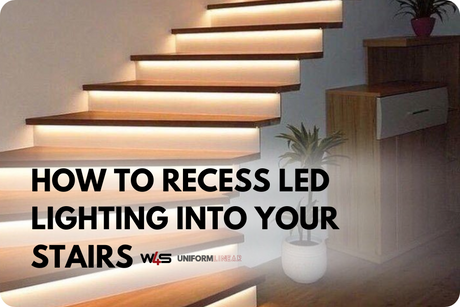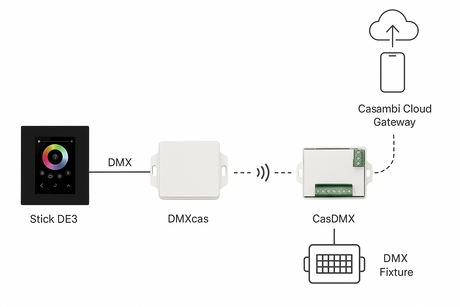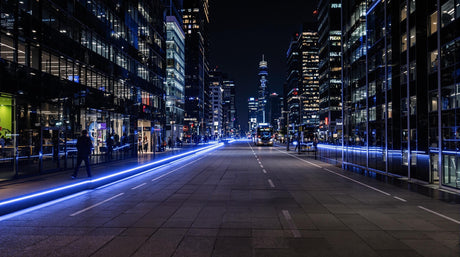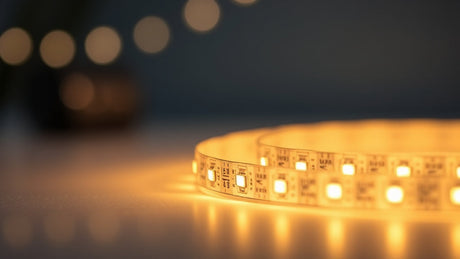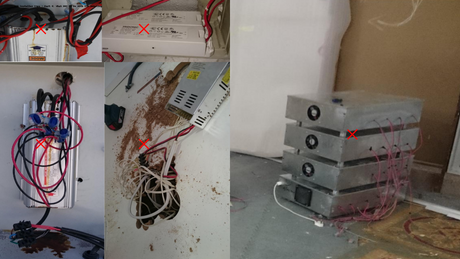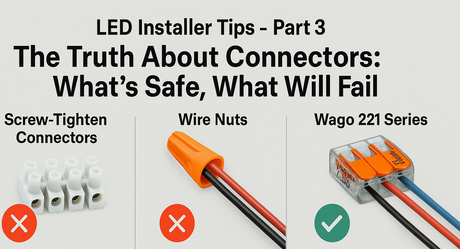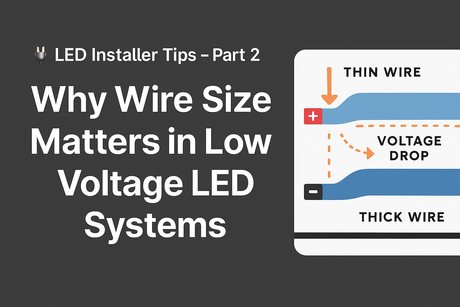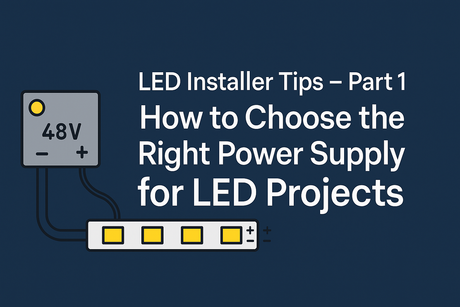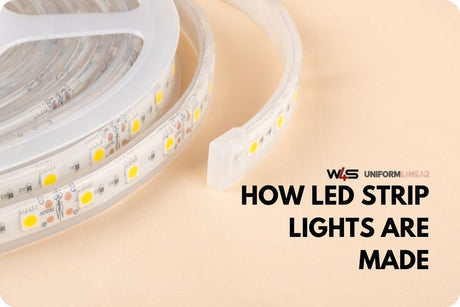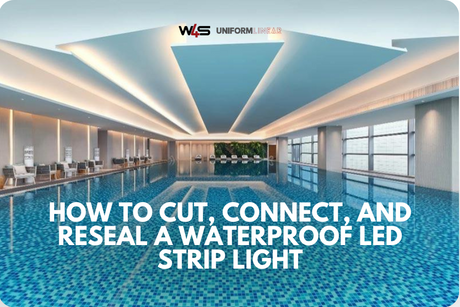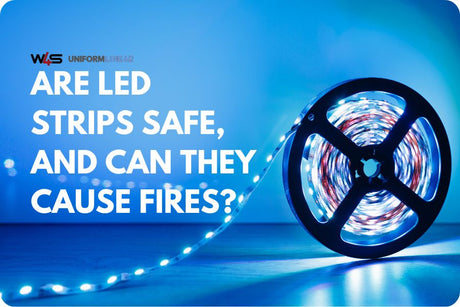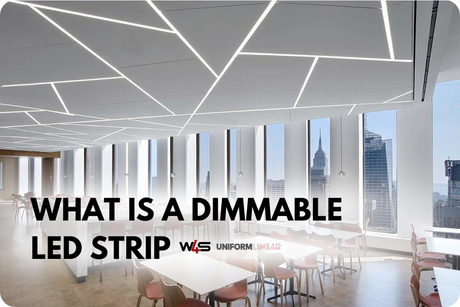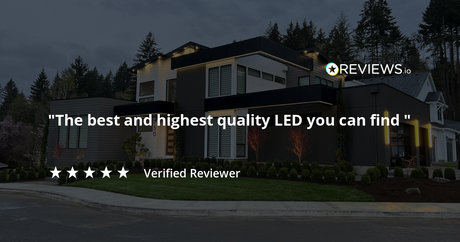Why Consider a 48V Lighting System?
When designing LED lighting for large spaces or long installations, voltage drop can quickly become a frustrating challenge. A 48 volt LED system offers a practical solution, especially when compared to the more common 12 volt and 24 volt options. By operating at a higher voltage, these systems can maintain consistent performance over longer distances, reducing the need for additional components such as amplifiers or heavier-gauge wiring.
For installers, integrators, and engineers, a 48V setup simplifies design and improves energy flow across extended lighting runs. Whether you are outfitting a commercial sign, a gas station canopy, or a long hallway, this approach provides better voltage stability and efficiency while remaining compatible with most LED drivers and control systems.
Understanding Voltage Drop in LED Installations
Voltage drop is a natural result of electrical resistance in long wiring or LED strips. Every section of wire or LED circuit introduces a bit of resistance, and that resistance adds up over distance. As resistance increases, voltage at the end of the run decreases. This can lead to dimmer LEDs, uneven brightness, or even color shifting if the current drops below the LED's operating threshold.
This issue is especially noticeable in low-voltage systems, such as 12-volt or 24-volt strips, because higher current is required to deliver the same amount of power. According to Ohm's Law, voltage equals current times resistance. When the voltage is low and the run is long, current must increase, which then causes more voltage to be lost across the length of the wire or strip. The result is uneven lighting and increased strain on your power supply.
How 48V LED Strips Minimize Power Loss
By moving up to a 48-volt LED strip system, you effectively cut the current required in half when compared to 24-volt systems. Less current means less resistance loss along the wire or LED strip. That translates into more consistent brightness from beginning to end, even over long distances.
For example, if your 24V system needs two amps to run a section of lights, a 48V system will only need 1 amp to provide the same power output. That reduced current significantly lowers the amount of voltage drop. This is particularly helpful when installing lights across large buildings, long corridors, or exterior applications where power supplies may be located far from the lighting endpoints.
Additionally, lower current results in cooler operation and less stress on your drivers and connectors, which can extend the lifespan of your components and reduce maintenance over time.
Energy and Cost Savings with 48V Systems
A 48V LED system offers more than just performance benefits. It can also save you money on materials and labor. With lower current flowing through the wires, you can often use thinner gauge wiring without risking overheating or excessive voltage drop. This reduces copper costs and simplifies cable routing, especially in tight spaces or when running wires through walls or ceilings.
Fewer amplifiers are required, which not only reduces equipment costs but also simplifies the installation. On large projects where long cable runs are required, using fewer amplifiers can significantly reduce system complexity and improve reliability.
These benefits make 48V LED systems a strong choice for commercial lighting setups such as signage, gas station canopies, and architectural strip lighting. With more power delivered over longer distances and better control over voltage loss, your lighting remains consistent, efficient, and dependable.
When to Use Amplifiers with 48V LED Strips
While 48 volt LED systems are highly efficient for long runs, there are still situations where voltage drop becomes an issue over extreme distances. For installations that stretch well beyond standard limits, adding amplifiers helps maintain consistent voltage and brightness throughout the entire length of the strip. These amplifiers receive the signal and power from your driver and boost it, allowing you to extend the run without visible dimming or instability.
If your lighting design requires multiple segments of strip lighting across a wide area or different zones, consider using 20A 4-Channel LED Amplifier/Repeater, one of our LED amplifier solutions. These are designed to be compact, easy to install, and compatible with both monochrome and RGB setups. They ensure uniform light output and help reduce stress on your power supply and LED components.
Common Applications for 48V Lighting
- Linear sign lighting for buildings
- Gas station canopy lighting
- Golf cart custom lighting
- Long-run architectural LED strip designs
Frequently Asked Questions
Do all LED strip lights have a voltage drop?
Yes, all low-voltage LED strips, including 12-volt, 24-volt, and 48-volt models, experience voltage drop. This occurs because lower-voltage systems require higher current to deliver the same power. As the current increases, so does the resistance, which causes the voltage to decrease along the run.
What can I do to avoid voltage drop on my 48V DC light fixtures?
To reduce voltage drop, divide long runs into shorter sections and run parallel wires from the power supply to each segment. This distributes the load evenly and minimizes loss. Make sure your power supply can handle the total wattage of all connected strips.
How does voltage drop affect 48-volt LED strip lights?
Voltage drop on a 48V LED strip typically results in reduced brightness at the far end of the strip. In severe cases, it may cause flickering or color shifting. While less pronounced than in 12V or 24V systems, the effect can still impact performance if not managed.
Do you stock any 48-volt light bars or lighting for outdoor signs?
Yes, we offer Visive linear outdoor lighting, a 48-volt system designed specifically for building signage and exterior linear lighting projects.
How do you install a safe 48-volt LED lighting system in a gas station?
The Visive exterior LED system includes safety features for gas station canopy lighting. These lights are widely used in the petroleum industry for their reliability and safety standards.
Can I use 48V LED strips for golf cart lighting?
Yes, we build custom golf cart lights using 48-volt LED strips. These are ideal for efficient, long-lasting illumination. Contact our team for assistance with designing your setup.
Visive 48V Outdoor Lighting Options
Need Help Choosing a 48V LED Solution?
Our team at Wired4Signs USA is ready to help you choose the right 48-volt LED lighting solution for your application. Whether you are working on a commercial building, a vehicle project, or a custom outdoor display, we can help you build a system that performs efficiently and reliably.
Contact us today for guidance, product recommendations, and tailored lighting solutions for your next project.




